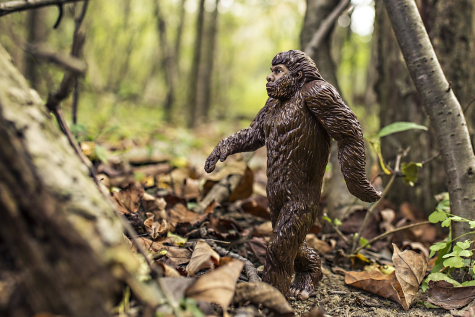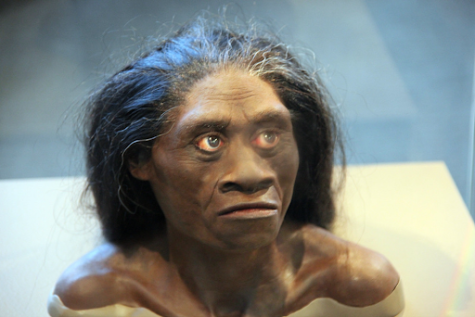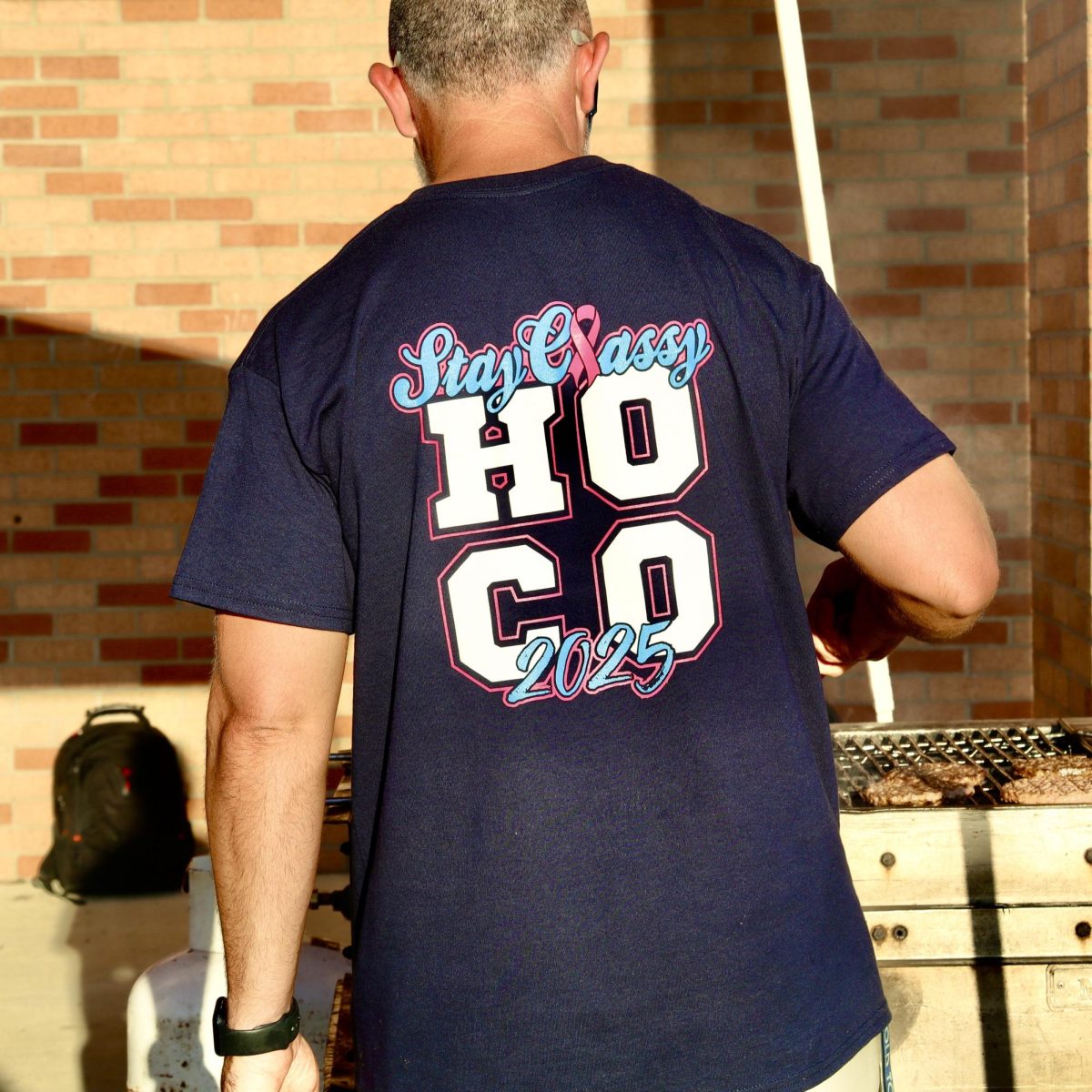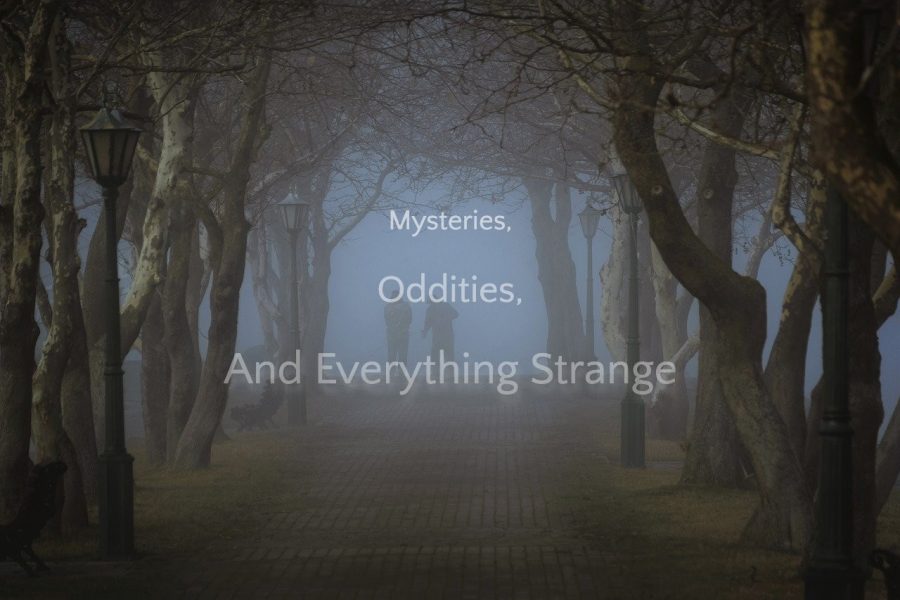Mysteries, Oddities, and Everything Strange: Ebu Gogo
March 25, 2022
Ebu Gogo: An Indonesian Bigfoot
Everyone knows about Bigfoot, the iconic American cryptid that wanders around the continental states in search of who knows what. The legend of the Sasquatch isn’t unique to the United States, and practically every  region of the world has its own idea of a bipedal, ape-like creature. The Yeti wonders Europe, the Yowie terrorizes Australia, and Bigfoot marks the United States. One such land that houses this legend is Indonesia. A country made up of tens of thousands of islands has its own fair share of unspoken legends that have spread throughout its history, and one such tale is that of the Ebu Gogo. The Ebu Gogo has adventures around the mountainous terrain of the archipelago for centuries, but its true nature has yet to be discovered. So what is the Ebu Gogo, and does its legend live up to that of the most famous cryptozoological creature in modern history?
region of the world has its own idea of a bipedal, ape-like creature. The Yeti wonders Europe, the Yowie terrorizes Australia, and Bigfoot marks the United States. One such land that houses this legend is Indonesia. A country made up of tens of thousands of islands has its own fair share of unspoken legends that have spread throughout its history, and one such tale is that of the Ebu Gogo. The Ebu Gogo has adventures around the mountainous terrain of the archipelago for centuries, but its true nature has yet to be discovered. So what is the Ebu Gogo, and does its legend live up to that of the most famous cryptozoological creature in modern history?
The Ebu Gogo are mostly focused in and around Flores, Indonesia, an eastern island with a population of 2 million people. The name of the creature is derived from the island’s Nage language, roughly translating to “grandparent who eats anything.” The people living around the sight of the legends are known as the Manggarai, but the legend of the Ebu Gogo is not unique to these people; the legend is present all across Indonesia.
Those who lived on Flores and bore witness to the terrifying creature described it as having a stature of around 5 feet tall with a surprisingly fast running speed. The mass amounts of hair cloaking their entire bodies is an undeniable feature, accompanied by flat, wide faces and large mouths. Those who sighted the Ebu Gogo reported it to have its own sort of language among its own kind and could even understand local languages to the point of repeating them. The most defining trait of the Ebu Gogo is its monkey-like features, and it was mostly associated with such.
Gogo reported it to have its own sort of language among its own kind and could even understand local languages to the point of repeating them. The most defining trait of the Ebu Gogo is its monkey-like features, and it was mostly associated with such.
One defining legend of the Ebu Gogo comes from a tale told by the local people of Flores. They described gifting the local population of Ebu Gogo with plant fibers to make clothes with. The Ebu Gogo accepted the gift and brought it to their dwellings. The villagers then set a fire-starter alight and threw it into the cave, causing chaos and most likely killing all the species that lived there. Other people native to Flores tell of the Ebu Gogo capturing children in order to learn about making food, but the children manage to escape the strange beasts each and every time. The Ebu Gogo is mostly portrayed as a grandmother who eats practically every edible item in the forests on Flores, like berries, crops—and human flesh.
So, what exactly is the Ebu Gogo? Well, some anthropologists and ethnologists believe to have narrowed it down to an ancient species of human: Homo floresiensis. This creature lived on the island of Flores until about 50,000 years ago. One such researcher, Gregory Forth, believes that the accounts of the locals align perfectly with encounters between the Homo floresiensis and ancient humans that were beginning to settle the Indonesian islands. Although this explanation seems very plausible, it received little credit from other anthropologists and credible experts. The lifespan and extinction period of the Homo floresiensis does not align with the legend of the Ebu Gogo and therefore is impossible. Forth claimed that other researchers working on the project dismissed the possibility of the Homo floresiensis too quickly, clocking it up to local imagination and not being a credible source.
 So, the plausibility of the Ebu Gogo is pretty small. Although it doesn’t have anything to make it seem credible, it can still benefit the locals, right? Legends such as this have brought in plenty of money from tourists, investigators, or others that want a chance at going down in history. Sea creatures, land dwellers, and practically every cryptid in the world has brought some sort of glory to its local town or city.
So, the plausibility of the Ebu Gogo is pretty small. Although it doesn’t have anything to make it seem credible, it can still benefit the locals, right? Legends such as this have brought in plenty of money from tourists, investigators, or others that want a chance at going down in history. Sea creatures, land dwellers, and practically every cryptid in the world has brought some sort of glory to its local town or city.
Despite this, the Ebu Gogo does not seem to be the cash cow that some might expect it to be. Its habitat is that of dense forests and shrubbery that surrounds small and culturally unique groups of people on a remote island in Indonesia. The increased tourism would do more harm than good, leading to destruction of wildlife, an influx of people that locals would not be able to handle, and the endangerment of local cultures. Despite this, the legend of the Ebu Gogo will continue to perplex anthropologists and local ethnic groups alike. If you ever witness a grandmother-like creature consuming the plant life in your backyard, you might have just found what is one of the most scarce and mysterious creatures on the planet—or a crazy old woman.
Resources:
https://en.wikipedia.org/wiki/Ebu_gogo
https://aeon.co/ideas/investigating-homo-floresiensis-and-the-myth-of-the-ebu-gogo
https://johnhawks.net/weblog/fossils/flores/forth_2005_ebu_gogo.html


















































